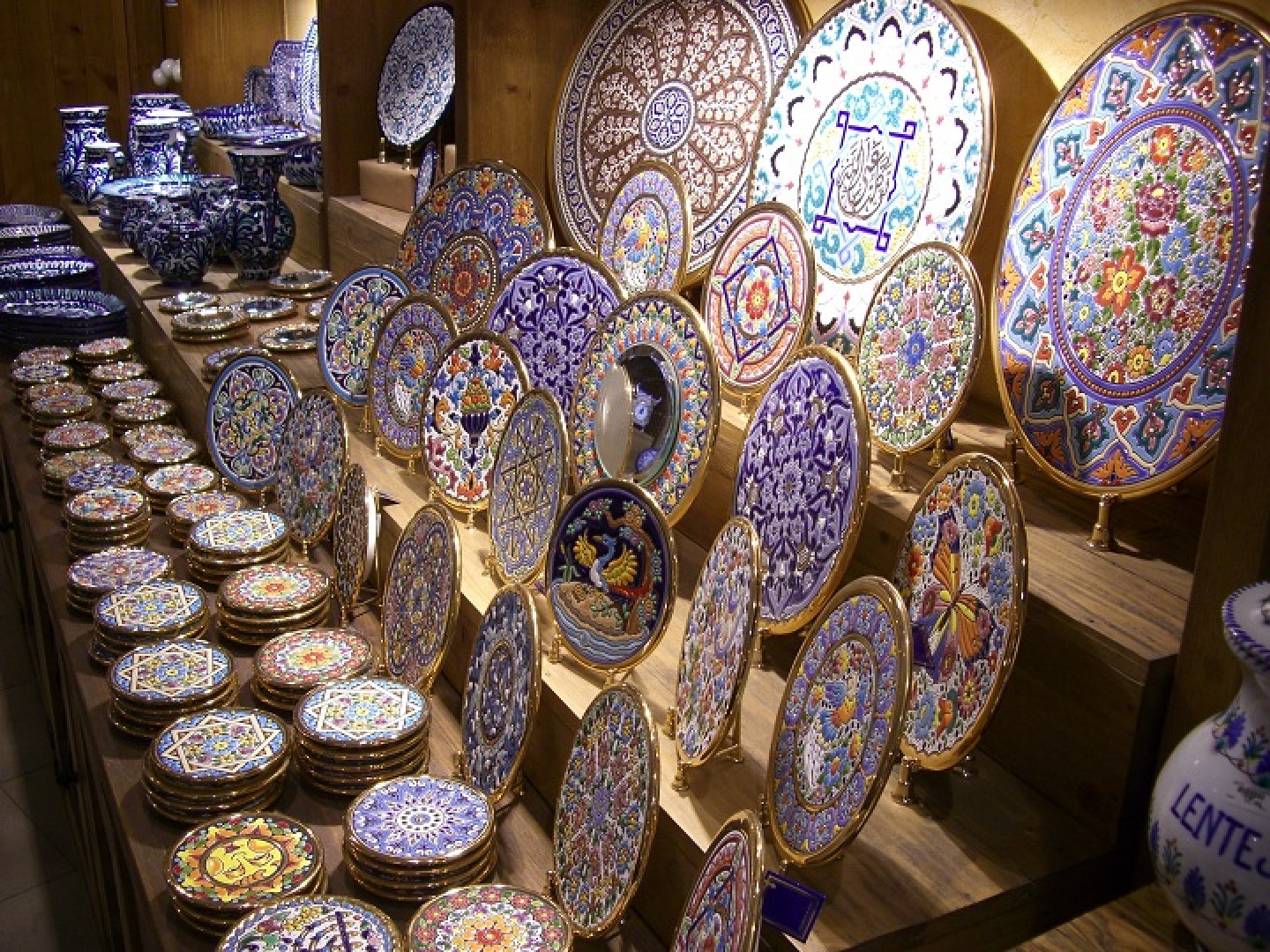What is Porcelain?
The term porcelain is commonly used to refer to a wide range of ceramic products that have been baked at high temperatures. It is often used synonymously with the term china, although china usually refers to a softer and more opaque ceramic. The qualities of porcelain, including its light weight, hardness, strength, high resistances, high durability and low porosity, make it suitable for industrial purposes, such as chemical ware, dental crowns and electrical insulators, as well as for decorative purposes.
The composition of porcelains and chinaware varies greatly. The most common base component is china-clay or kaolin, which is naturally occurring fine clay, common throughout the world. The other common porcelain components are varieties of fledspar and silica. Feldspars are hard crystalline minerals, consisting of aluminum silicates. Silicas are compounds of silicon dioxide. These components provide porcelain with its vitreous, glassy qualities.
Other than the mix of ingredients, the other factors that are commonly used to determine the classification of porcelain are the temperatures used in firing and the resulting properties of the end product. The word porcelain is actually derived from the Latin word “porcella”, meaning “little pig”. In old Italian, the venus clam shell is called “porcella”, as it curves in a similar way to the back of a pig, and the white, shiny, semi-translucent venus shell has a natural porcelain look to it.
History of Porcelain
It is believed that porcelain and china wares were being created by the Chinese as early as 2000 years ago, although these early wares were far from our modern porcelain wares. Hard-paste or "true" porcelain originated in China during the T'ang dynasty of 618-907 A.D. and high quality porcelain comparable to modern wares did not develop until the Yuan dynasty of 1279-1368 A.D.
The Chinese were the undisputed masters for many, many years before the secret of porcelain manufacture finally reached Europe in January of 1708. Ehrenfried Walther von Tschirnhaus and Johann Friedrich Böttger are credited with the first specimen of hard, white European porcelain, at Meissen, in the German state of Saxony. Their work was sponsored by Augustus the strong, who is probably best remembered as a patron of the arts and architecture, having established the Saxon capital of Dresden as a major cultural centre.
The Meissen factory was established in 1710, following the development of a kiln and a glaze suitable for use with Tschirnhaus and Böttger's porcelain, which combined Colditz clay (a type of kaolin), calcined alabaster and quartz, and required firing at temperatures greater than 1350 degrees Celsius to achieve translucence.
The first known porcelain factory in the United Kingdom is that of William Cookworthy in Plymouth, Cornwall. This factory, established in 1768, used the Cornish china clay discovered by Cookworthy to make a form of porcelain that closely resembled the Chinese porcelains of the early eighteenth century.
The English further improved upon porcelain when they invented bone china, later in the eighteenth century, by adding ash from cattle bones to clay, feldspar, and quartz. Bone china is fired at lower temperatures than true porcelain, yet the bone ash enables it to become translucent nonetheless. This discovery made it possible to make pieces at a lower cost that are harder to chip and stronger than hard porcelain. As a result, bone china is the most popular type of porcelain in the United States and United Kingdom.
(c)2007 Woolvey LLC
Photo by Cissaborba


